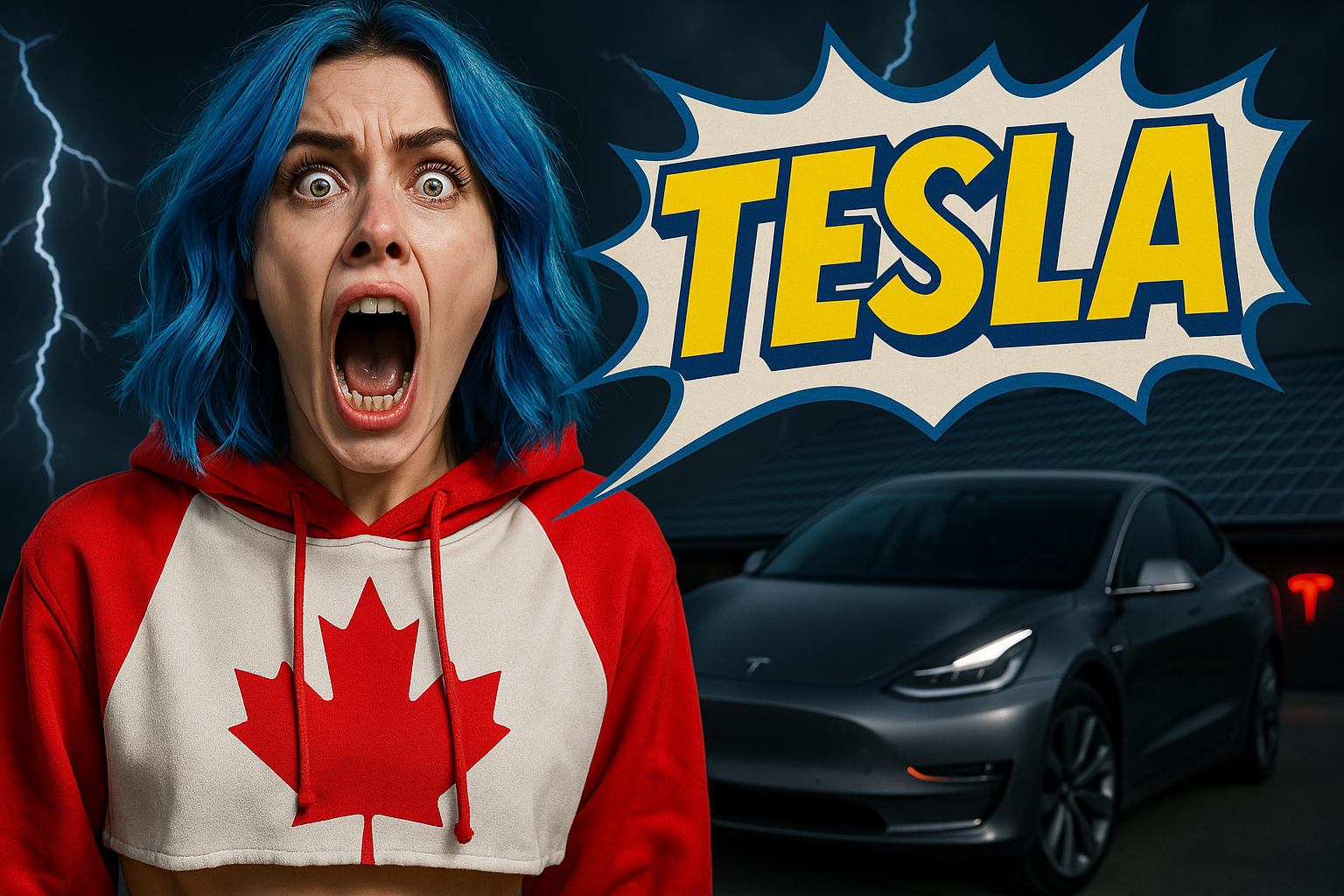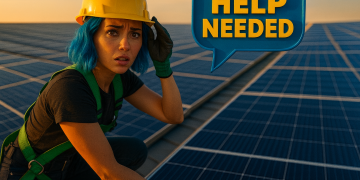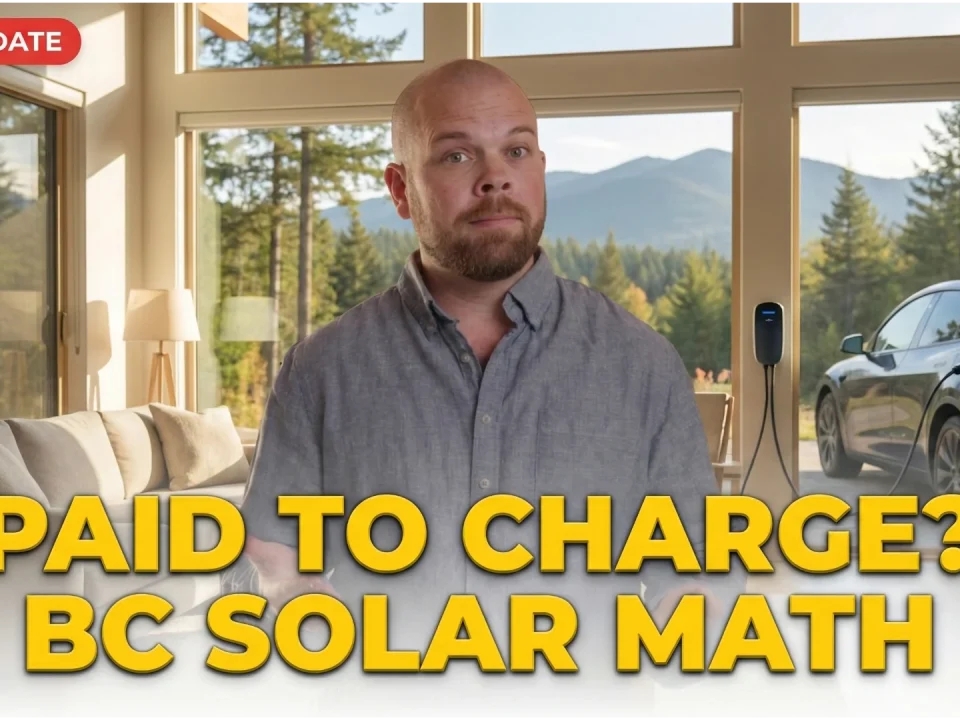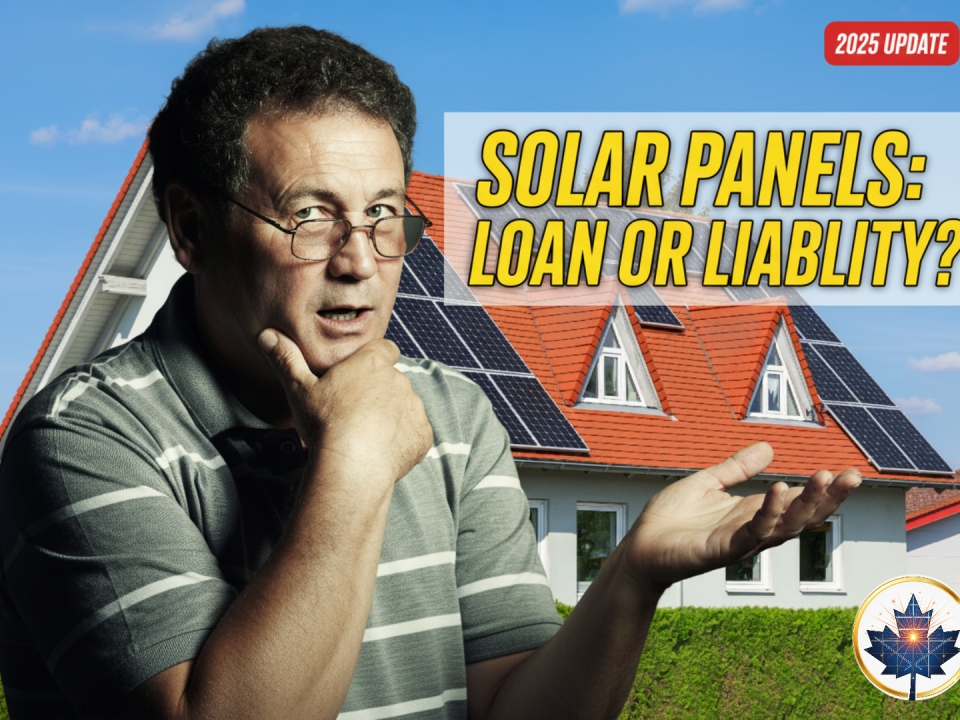
Solar Photovoltaic Module Price Trends in Canada: What to Expect in 2025
April 7, 2025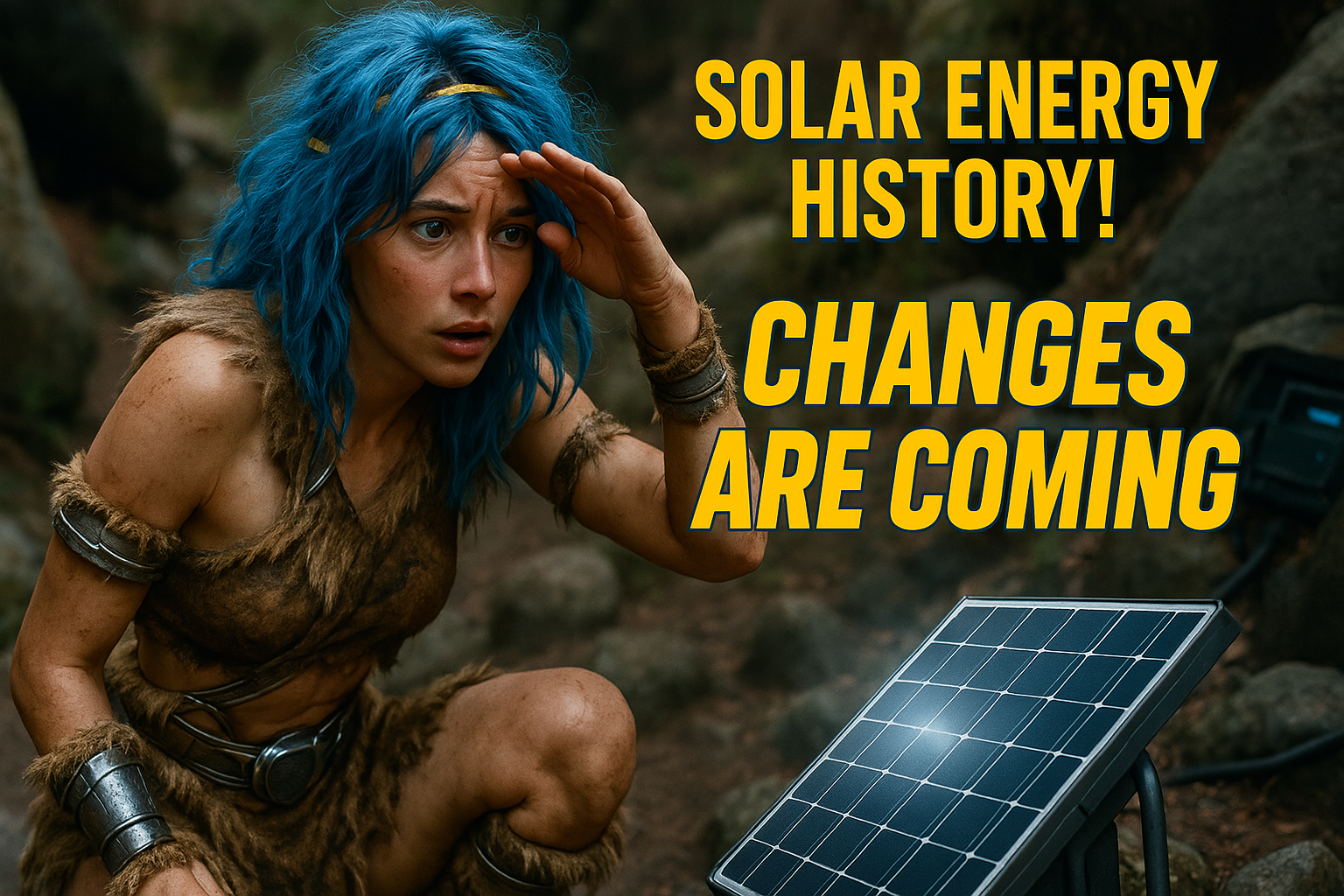
Solar Energy History: Why the Last 25 Years Changed Everything
April 11, 2025Lately, there’s been chatter about Tesla’s solar products in Canada, even whispers of a “boycott.” So, let’s cut through the noise and look at the actual situation with the Tesla Solar Roof and Powerwall up here. No fluff, just the facts to help you make smart choices.
The Tesla Solar Roof Saga: Mostly Hype in Canada?
Let’s tackle the Solar Roof first. You might have heard about these sleek, integrated solar tiles that look just like a regular roof. Sounds great, right?
Reality Check: Where is it?
Here’s the plain truth: The Tesla Solar Roof is not currently available for purchase or installation in the country. Simple as that. While there was talk back in 2021 about a Canadian launch, maybe even some folks putting down deposits (e.g., C$1,330), it just hasn’t happened. So, the idea that Canadians have stopped installing them? Well, you can’t stop something that never really started on a large scale here.
Tesla’s whole solar division seems to have faced challenges globally, not just in Canada. Since acquiring SolarCity, their solar deployment numbers haven’t exactly soared, hitting some lows and seeing significant drops recently. Even in the US, installation volumes for the Solar Roof were reported as surprisingly low (New research reveals disappointing sales for Tesla Solar Roof – CBT News). This doesn’t exactly signal a Canadian market entry anytime soon.
If it Were Here: Potential Hurdles
Even if you could order a Tesla Solar Roof in Canada today, there would be some serious points to consider:
- The Price Tag: Let’s be blunt – it’s expensive. Really expensive. Because it’s a full roof replacement, not just panels on top, US estimates were throwing around figures potentially exceeding $100,000 before incentives. Costs reportedly jumped significantly, by roughly 170% between 2020 and early 2025. That’s a massive investment compared to traditional panels plus a standard roof.
- Installation Headaches: Tearing off your old roof and putting on a whole new specialized one is complex and time-consuming. Plus, you’d likely need Tesla-certified installers, limiting your options.
- Canadian Climate & Efficiency: Our northern climate means less intense sunlight (irradiance) compared to sunny California. Snow is another factor, though the smooth glass tiles might shed it well. Generally, integrated tiles like these are less efficient at converting sunlight into electricity than traditional panels, mainly because they sit flush and can get hotter. Lower efficiency makes that high price tag even harder to justify with energy savings alone, especially up here.
Tip for Homeowners: If aesthetics are your absolute top priority and you need a full roof replacement anyway, maybe an integrated solar roof (if one becomes readily available and viable) could be on your radar. But for most, the cost and efficiency trade-offs are significant.
So, for the Solar Roof in Canada? The story is unavailability, high potential cost, and practical challenges.
Tesla Powerwall: Available, But Facing New Questions
Now, let’s switch to the Tesla Powerwall, their home battery system. This is a different story.
Availability and Evolution
Unlike the Solar Roof, Tesla Powerwalls are available and being installed across Canada . We’ve seen the Powerwall 2, and more recently, the Powerwall 3 launched here in May 2024 . The Powerwall 3 is a notable upgrade, offering more continuous power (11.5 kW vs 5 kW for the PW2) and integrating a solar inverter, which can simplify installation. Globally, Tesla’s energy storage business is growing fast, hitting milestones like 800,000 Powerwalls installed worldwide by the end of December 2024.
Why Canadians Consider Powerwall
The appeal is clear for many homeowners:
- Backup Power: Keeping the lights on during grid outages is a big plus, especially with Canada’s sometimes unpredictable weather. The system offers seamless backup transition.
- Using More Solar: Storing excess solar energy from the daytime to use at night reduces how much power you need to buy from the utility (Powerwall – Home Battery Storage | Tesla Canada).
- Potential Savings: Paired with Time-of-Use electricity rates, you can use stored energy during peak, expensive hours.
- Grid Programs: Some areas have Virtual Power Plant (VPP) programs where you might get credits for letting the utility draw power from your battery during high demand. Tesla reported over 100,000 Powerwalls in VPPs globally by end of 2024.
- Tesla Ecosystem: It integrates smoothly if you have Tesla solar panels or a Tesla EV.
The Recent Wrinkle: Incentive Exclusions
Here’s where that “boycott” talk likely stems from. In early 2025, Tesla products were specifically excluded from certain incentive programs in British Columbia and Toronto.
- In BC, Tesla was removed from eligibility for an EV charging rebate program and potentially impacted CleanBC and BC Hydro rebates for energy storage (Elon Musk Responds to Canadian Tesla Move – Newsweek).
- Toronto stopped providing certain tax incentives for Tesla vehicles used in ride-hailing/taxi services.
Officials explicitly linked these decisions to Tesla’s CEO, Elon Musk, his political alignments, and broader Canada-US trade disputes (Tesla excluded from incentives in Canada over Trump tariffs). Premier Eby in BC was quoted saying the restriction was “just for Tesla, and it’s because of Elon Musk”.
What does this mean for Powerwall buyers? These specific programs don’t stop all Powerwall sales. However, it’s a symbolic knock and creates market friction. It injects politics into purchasing decisions and might make some consumers or installers pause and look at alternatives seen as less controversial or more “Canadian”. This happened around the same time as reports of falling Tesla vehicle sales in Canada and some controversy over EV rebates, adding to a period of negative attention for the brand here.
Tip for Battery Shoppers: While the Powerwall 3 is technically strong, consider the whole picture. Are there broad federal or provincial energy storage rebates it still qualifies for? (Federal programs like the Canada Greener Homes Grant have closed, but provincial ones may exist ). How does its cost (PW3 unit C$10,974 + Gateway C$1,165 + install ) and warranty (typically 10 years ) compare to alternatives? And does the recent political spotlight matter to you?.
Looking Beyond Tesla: Strong Canadian Contenders
The good news? Canada has a thriving market for solar and storage solutions beyond Tesla. You have excellent choices, many with strong Canadian roots.
Traditional Solar Panels: The Workhorse
Forget the integrated roof idea for a moment. Standard, rack-mounted solar panels are still the dominant, most cost-effective way to go solar in Canada. Almost all of Canada’s solar installations (nearly 96,000 on-site systems) use them.
- Why they win: They’re generally more efficient than integrated options, can be angled perfectly to catch the sun (crucial up north!), usually cost less upfront leading to faster payback (often 6-10 years estimated), and it’s a mature technology with tons of experienced installers.
- Made in Canada Power: We have some fantastic solar panel manufacturers right here!
- Canadian Solar: A global giant founded here, with its corporate headquarters now in Kitchener, Ontario and a manufacturing plant in Guelph, Ontario. They employ approximately 300 people across North America and invest heavily in R&D (over 2,200 patents worldwide). Their panels like the TOPHiKu6 are top-tier performers (up to 23% efficiency) (Best Solar Panels in Canada for Residential Use in 2025 – SolarEnergies.ca).
- Silfab Solar: Another leading North American maker headquartered in Mississauga, Ontario . They have manufacturing in Toronto, Ontario and focus on high-efficiency panels designed for our climate. They employ around 800 people.
- Heliene: Based in Sault Ste. Marie, Ontario, with a factory there that’s undergoing a major expansion – expected to potentially triple the local workforce by adding ~120 jobs. They make high-performance panels, including options great for snowy conditions.
Choosing panels from these companies means you’re getting quality tech and directly supporting Canadian jobs and innovation.
(Personal Anecdote: I remember visiting the Canadian Solar facility in Guelph years ago. Seeing the level of automation and commitment to quality right here in Ontario was genuinely impressive. It drives home that we don’t need to look far for world-class solar technology.)
Integrated Options (That Are Actually Available)
If you really love the integrated look, there are alternatives to the unavailable Tesla roof:
- Shift Energy Group (Roofit.solar): Marketed as Canada’s premier integrated metal solar roof. It combines durable metal roofing with solar modules and is being installed now in Western Canada and Nova Scotia. It’s a 2-in-1 system, providing a tangible aesthetic alternative. Cost is estimated around $65/sq ft for solar sections.
- CertainTeed Solar: This major building products company offers options like the Apollo II Solar Shingles/Tiles and Solstice Shingle, designed to blend with asphalt roofs. Availability in specific Canadian regions needs confirmation, but they have a Canadian presence (.ca website).
- Mitrex: A Canadian BIPV manufacturer based in Ontario. They offer various integrated solutions and appear in Canadian solar directories .
Tip for Integrated Solar: These options offer the sleek look but expect a higher price tag and potentially lower efficiency compared to traditional panels. Do your homework on warranties (Shift: 10yr material/25yr power; CertainTeed: up to 25yr system ) and local installer experience.
Powering Through: Excellent Battery Alternatives
Just like with panels, you have great choices for home batteries beyond the Powerwall. Many use Lithium Iron Phosphate (LFP) chemistry, widely considered safer and longer-lasting than older NMC chemistry sometimes found in batteries like the Powerwall 2 or SolarEdge.
- Canadian Solar EP Cube: Coming from a Canadian-founded company, this modular LFP battery system (9.9 kWh to 19.9 kWh per unit, expandable) is a direct competitor. It integrates a hybrid inverter and is often positioned as more affordable than Powerwall (US cost est. ~$12k). While likely assembled overseas, choosing it supports the Canadian parent company’s R&D and HQ here.
- Enphase IQ Batteries: Especially popular if you have or want Enphase microinverters. Their IQ Battery 5P (5 kWh, scalable) uses LFP chemistry (Are Tesla Powerwalls the best battery? : r/solar – Reddit) and started shipping in Canada in mid-2024. Enphase is active in Canadian VPP programs and has wide distribution here .
- FranklinWH: This company officially partnered with Canadian distributor GridIron Power in 2024 . Their Franklin Home Power system (aPower LFP battery, 13.6-15 kWh ) offers high power output, smart controls, and a strong warranty (12-15 years). This partnership creates a formal Canadian supply chain and supports local jobs.
- Generac PWRcell: Known for its modularity (9 kWh to 36 kWh+). Offers good power output (up to 11.5 kW) but check recent reviews regarding service or warranty experiences. Available in Ontario (starting ~$15k for 9 kWh).
- Others: Brands like LG Chem (RESU models like RESU10H Prime ~9.8kWh have been available, starting ~$8,880 in Ontario ), SolarEdge (10 kWh starting ~$17,759 in Ontario, but uses NMC chemistry ), Pylontech (LFP, available via distributors like Frankensolar ), and potentially others are also in the mix.
(Personal Experience: I’ve helped clients evaluate different battery options. One couple specifically chose the Canadian Solar EP Cube. Part of their decision was wanting backup power, but they also felt good about supporting a company with deep Canadian roots. It highlights that these choices often go beyond just specs.)
The Bottom Line: Supporting Canada’s Solar Future
When you choose solar panels or batteries, you’re also making an economic choice.
- Tesla’s Impact: With the Solar Roof unavailable and Powerwalls largely imported, Tesla’s main economic contribution here is through local installation jobs and related services. The recent political friction adds another layer.
- Alternatives’ Impact:
- Solar Panels: Choosing Canadian Solar, Silfab, or Heliene directly supports Canadian manufacturing, R&D, head office functions, and hundreds, potentially thousands, of jobs right here. That’s a huge plus for our national economy.
- Batteries: Options like the Canadian Solar EP Cube keep profits and R&D linked to Canada. Partnerships like FranklinWH with GridIron Power build Canadian supply chains and support local distributors. Enphase’s extensive distribution network and VPP participation also contribute significantly.
Tip for Making Your Choice: Think about where your money goes. Supporting domestic manufacturers or companies with strong Canadian partnerships strengthens our own energy independence and renewable energy sector.
My Take: Focus on What Works for You and Canada
So, is there a “boycott” of Tesla solar in Canada? Not really in the way people might think. The Solar Roof isn’t here to be boycotted, and while Powerwall faces some political heat impacting specific incentives, installations haven’t stopped.
What is happening is that Canadians have fantastic, competitive, and readily available alternatives for both solar panels and batteries. Many of these alternatives offer comparable or even better technology (like LFP batteries) and come with the significant advantage of boosting the Canadian economy.
My advice? Don’t get caught up in brand hype or drama. Look at your specific needs:
- What’s your budget?
- How much energy do you need?
- Do you need backup power?
- How important are aesthetics?
- Do you value supporting Canadian companies and jobs?
Compare quotes for traditional panels (especially from Canadian makers) and available battery options based on specs, warranties, installer reputation, and their Canadian economic contribution.
At SolarEnergies.ca, we’re all about connecting you with the right solution – the one that delivers value, reliability, and makes sense for your home and your priorities. There’s a whole world of great solar tech out there, much of it homegrown. Let’s make sure Canada keeps going solar, intelligently.

